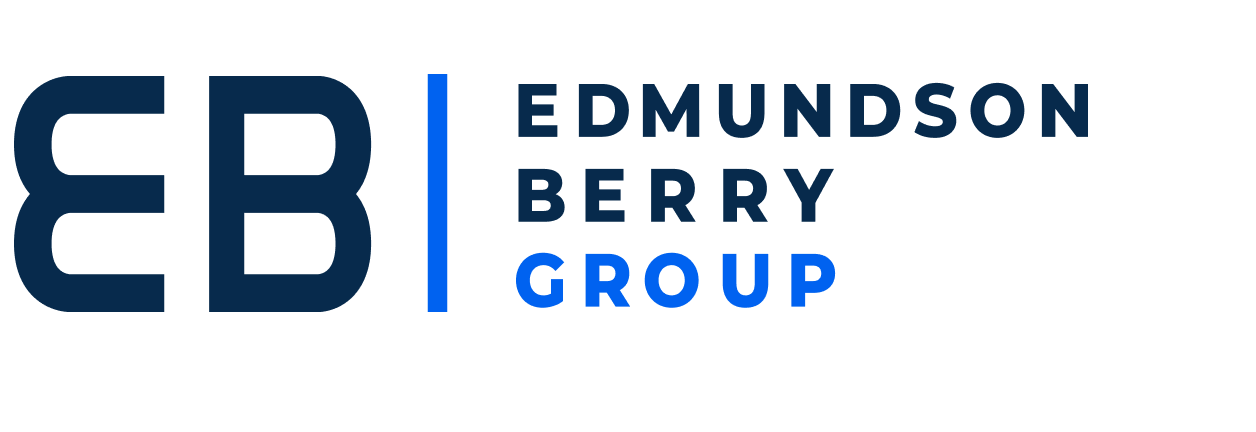
It’s been almost 30 years since Jim Collins and Jerry Porras’ story Building Your Company’s Vision appeared in the Harvard Business Review.
Two decades later, their work is still extremely relevant to companies worldwide; it’s not a passing management fad. Yet I frequently hear questions and comments of confusion when leaders of midmarket companies talk about vision, leadership, goals and strategies.
Establishing a vision is one of the many jobs of a good leader. There are many traits and qualities of a good leader, so I don’t want to oversimplify or marginalize leadership here. (I teach Posner and Kouzes’ entire Leadership Challenge program, which is just a start).
But since so many of us are continually seeking ways to become stronger leaders, I wanted to discuss one of the most effective methods for doing that.
Create the Vision
Almost every CEO I know has created, either in writing or in their heads where they can quickly recite what is often called, their vision statement for their company. Followers need to know where you are taking them. The two most important questions your people ask are 1.) Who are you? What are your values? and 2.) Where are you leading me? (And some of you, I suspect, may wonder whether the exercise truly accomplished anything…)
But creating the statement and hanging a poster in the break room doesn’t guarantee that people will buy into the vision and follow it.
Here’s what Collins and Porras have to say about vision:
The basic dynamic of visionary companies is to preserve the core and stimulate progress. It is vision that provides the context.
Okay, all fine and good to understand the basic concept of vision. But there is a big difference between being an organization with a vision statement and becoming a truly visionary organization. The difference lies in creating alignment-alignment to preserve an organization’s core values, to reinforce its purpose, and to stimulate continued progress towards its aspirations. When you have superb alignment, a visitor could drop into your organization from another planet and infer the vision without having to read it on paper.
Is your organization a visionary organization?
Most of what you have heard me talk about has been how core values and purpose shape your vision. And many of us have worked together on them. And they must be aligned to be effective.
Creating alignment is a two-part process. The first is identifying and correcting misalignments. The second is creating new alignments, or what I call “mechanisms with teeth.”
And I wanted to re-emphasize the importance about discovering your core values, instead of creating them. If you created them, then they’re just words on paper that won’t cause people to take action.
Collins is firm about this:
Let me make a few points about identifying core values, for without this stake firmly in the ground, there can be no effective alignment.
First, you cannot “set” organizational values, you can only discover them. Nor can you “install” new core values into people. Core values are not something people “buy in” to. People must be predisposed to holding them. Executives often ask me, “How do we get people to share our core values?” You don’t. Instead, the task is to find people who are already predisposed to sharing your core values. You must attract and then retain these people and let those who aren’t predisposed to sharing your core values go elsewhere.
When to Change, and When Not to Change
After discovering your core values and purpose, the next challenge is understanding how to apply them to your processes, practices and internal and external communication.
The most common question when aligning your core values and purpose to your business is deciding this: What should change and what shouldn’t change?
Collins and Porras describe it as follows:
Every institution—whether for-profit or not—has to wrestle with a vexing question: What should change and what should never change? It’s a matter of distinguishing timeless core values from operating practices and cultural norms. Timeless core values should never change; operating practices and cultural norms should never stop changing. A timeless core value in an academic institution, for instance, is freedom of intellectual inquiry. A practice adopted to support that core value is academic tenure. But there’s a lot of evidence to suggest that the practice of tenure probably needs to be changed or discarded because it no longer serves the purposes for which it was created.
But if I suggest that academic institutions should seriously think about changing the tenure system, the average academic is likely to say, “Never! You’re violating our core values.” But that protest arises from a failure to distinguish between values and practices. The core value is freedom of inquiry; tenure is a practice. Frequently institutions cling doggedly to practices that are in truth nothing more than familiar habits. As a result, they fail to change things that ought to change. And by defending outmoded practices under the banner of core values, they might actually be betraying their true core values.
Your core values and purpose, if properly conceived, remain fixed. Everything else—your practices, strategies, structures, systems, policies, and procedures—should be open for change. The confusion between timeless and temporal concepts shows up in every walk of life. On a national level, for instance, when a prominent politician says, “We can’t touch Medicaid in its current form because that would be inconsistent with the core values of the nation.” However if you pull out the Declaration of Independence and the Gettysburg Address—the two great statements of what we stand for and why we exist—you won’t see anything about Medicaid in either of them. That kind of obfuscation—intentional or not and from either side of the aisle—inhibits debate, let alone change.
Key Takeaway
Your core values define your company culture. They, along with your purpose, define your core ideology, which dramatically impacts the type of people you attract and how well they perform.
If you do this properly, you’re setting your company’s vision and leading with it. That’s key to good leadership.
For more, here’s the original article.
If you haven’t completed this yet, here’s a workbook to help you create your own vision framework.
And as always, feel free to reach out to me to discuss in greater detail.




